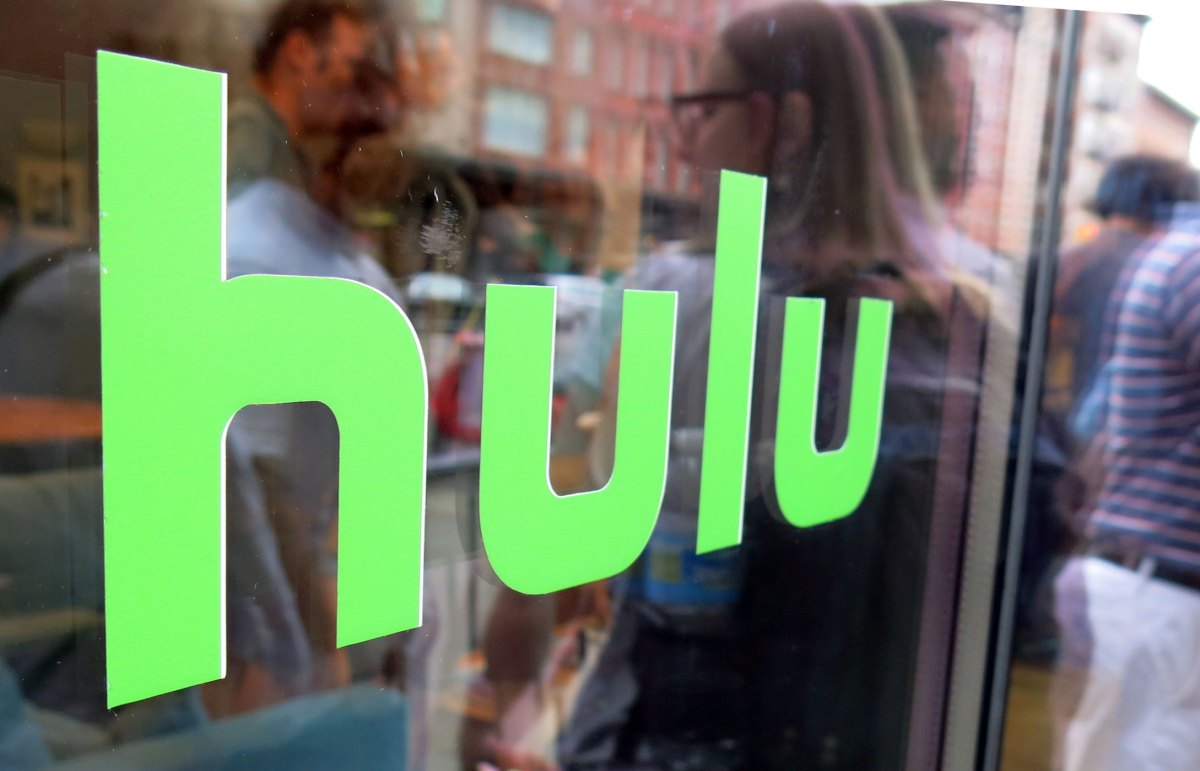Antonio Rodriguez, who joined Matrix in 2005 after a company he’d founded — that Matrix backed — was sold to Hewlett-Packard, talked with us last week about Matrix’s biggest fund in roughly 20 years, an $800 million vehicle that the firm closed in June and is announcing for the first time now. It’s a lot of capital for the firm, which, like Benchmark, has been consistent over the years about maintaining comparatively smaller funds, even while many other venture firms have doubled, tripled — even quintupled — their assets under management. (Like Benchmark, Matrix raised a $1 billion fund once during the dot-com era; it wound up returning half of it to its investors when the market imploded.) We talked with Rodriguez about the new fund. We also talked with him about how Matrix works with Matrix Partners China and Matrix Partners India, founded in 2008 and 2006, respectively. (They mostly operate independently.) Given that software infrastructure is a major focus area for the firm — it was an early investor in Hubspot, Zendesk, and Canva, for example — we also asked Rodriguez about web3, or the promise of a decentralized internet. As it turns out, Matrix doesn’t put much stock in it, not yet anyway. Excerpts from our chat follow, edited for length. TC: You recently closed a fund that’s almost twice as big as your last three funds, which were each $450 million. You were really disciplined about size, then changed your minds. Why? With our current fund that we just finished investing, every single deal we did was either at concept or seed or pre-seed or post-seed or Series A, so for us, it really wasn’t about stage drift. Due to new entrants and due to existing players moving backwards into the A, [in recent years] you went from having to write a $10 million check to, in some cases, $15 or $20 million, and we wanted to make sure we could keep doing those entry checks if the market had grown. That’s still very much [the case], especially for our categories. So you’re really not seeing these Series A stage deals getting any smaller. Not yet. For the best entrepreneurs, a Series A round size can still be $20 million plus. We also tend to like more technical projects, whether that’s software or hardware, or ideally, [a company at the] intersection of both, and those companies just need more money. Some of these later-stage outfits appear to be shrinking. Is it easier now to maintain your pro rata without throwing elbows? It is easier, and it will continue to get slightly easier. But also, if you look at our best exits across the last three funds, you’ll find that in these B and the C rounds, they don’t lend themselves well to what I would call the spreadsheet jockeys. [For these companies], you really need more conviction, and in a lot of cases, that meant you had to step up, as opposed to expecting that a Tiger or Coatue would come in and, in 72 hours, fund that company. That’s part of why maintaining our pro rata in this new environment may be easier, but it will be equally necessary. You target, what 20% to 25% ownership? That’s about right. Historically, it’s been anywhere between 20% and 25%. Over the last year, I’d say we were kind of tilted to 18% to 21% [when we would] enter ‘beyond concept.’ But definitely 20% to 25% is the long term structural target for us when we enter anywhere between concept and Series A. When you say concept, are you talking about incubating companies? Yes, a number of our companies — including my company — have started at one of our offices with an investor and an entrepreneur working at a whiteboard on an idea. We probably [dedicate] 5% to 10% of any given fund [to this]. Matrix is an investor in Canva, the graphic design business valued at $26 billion. Do you have a double-digit stake in that company? Canva is a little bit different because it was out of market when we did it. We are top three on that cap table. So we invested the largest check, I believe, in the seed round and we own in the single digits. There was an investor who was in the pre seed round, and then a large multistage investor has accumulated a position across many rounds. Why didn’t it go public while the market was still wide open? It was founded in 2012, right? Canva is a terrific business and will be a great IPO when it comes, in good times or bad times. Typically, companies go out because of something that will strategically help the business. Sometimes it’s as tactical as the company is growing very quickly but consuming a lot of cash and having access to the public market lets you [access cash faster]. And when you can combine that with an open window, it’s a win-win for everyone. What about the benefit of greater public awareness once a company goes public? It will come. There are millions and millions of paying users on the platform. Think is a company that has done the virality thing just right. It’s viral like a consumer company, but effective in making money like a B2B SaaS company. In your words, Matrix’s big theme this year has been applied AI as it affects everything from SaaS applications to software infrastructure to networking to what happens in the data center. I haven’t heard you mention crypto or web3. I have to tell you — and I think that the advantage of having nine partners is that people can keep me honest here — but my own personal view is that it’s a bit of a mirage. My own personal view is that a trusted distributed database is pretty interesting for a number of applications on both the B2B side and the consumer space, but most of the stuff out there









